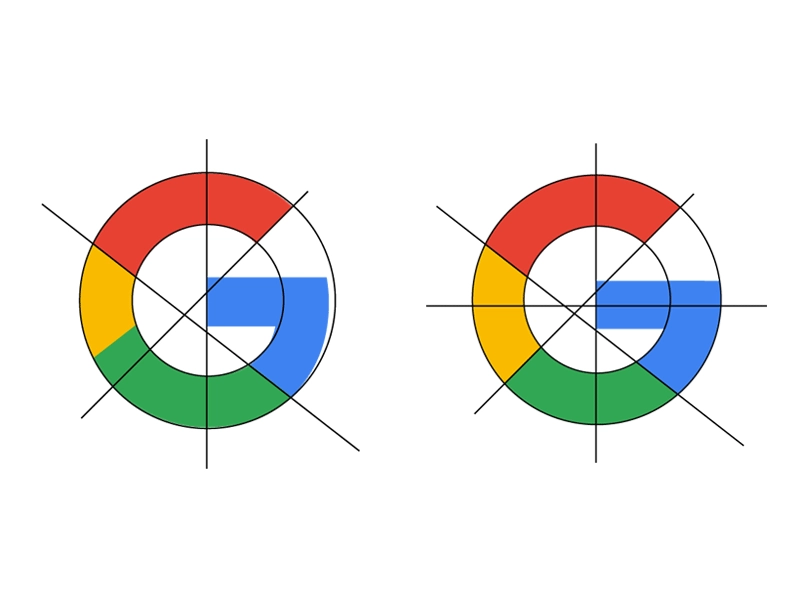3 Things I Wish I Knew When Starting as a Jr. Designer
Finally, graduation day. You’ve accepted a new job and are ready for the real world. But that first week came like a whirlwind. Now, you’re dealing with real business problems. And well, to be frank, school never prepared us for that.
Over the years, I’ve learned a lot as a designer. Some from mentors, most from trial and error. Three insights have stuck with me. They’ve helped me mature exponentially as a designer, producing a better product and happier clients.
How to work with (and not against) clients
It’s a widely held belief that clients interfere with designers’ creativity. Early in my career, I began to feel that way, too. I often found myself struggling to understand client expectations and deliver designs that truly aligned with their vision. Little did I know that the best work comes from healthy client relationships. Enter stylescapes.
Stylescapes are a curated selection of images, typography, and color palettes that embody the essence of a brand direction. They act as a visual bridge between the client’s ideas and creative execution, ensuring that we are on the same page from the outset. This not only streamlines the design process but also fosters a sense of collaboration and mutual understanding.
At Model B, we involve our clients early and often. The best design comes from collaboration. Stylescapes allow us to tear down barriers and add transparency early on in our design process, ultimately contributing to happier clients and better outcomes.

The grid is not always your friend
Nothing is more fundamental in graphic design than the grid. But blindly adhering to it can lead to some jarring results. This truth recently erupted on social media when a post went viral about Google's logo redesign. It was pointed out that the ‘G’ is not a perfect circle. The author assumed it was an error, but the design community quickly responded with another design fundamental—optical adjustments.

Optical adjustments are subtle tweaks made to spacing, alignment, and proportions. Our eyes and brains see visuals illogically. We don’t see the world in mathematical grids. Talented designers know this and adjust for the nuances of human perception. There are many other optical adjustments designers must make. For example, horizontal lines appear thicker than vertical lines, and white on black appears thicker than black on white.
While grids undoubtedly offer structure and organization, they should be viewed as a flexible framework rather than an inflexible rule. At Model B, we embrace the art of optical adjustments and recognize that perfection often lies beyond the confines of a grid. This elevates our designs to new heights of visual excellence.
Your design’s only as good as the problem it solves
At heart, graphic designers are artists. But, a distinction must be made between art for self-expression and art used to solve communication problems. Design isn't just about creating something beautiful; it's a powerful business tool aimed at solving specific problems and achieving tangible results for our clients.
Early in my career, I didn’t take the time to truly understand my client’s business model or audience. The best design is smart. It’s built on customer insights to create a connection between the customer and the brand. It’s both aesthetic and functional. At Model B, we work hard to understand and be strategic in partnership with our clients. When we prioritize business problems, we can harness the full potential of design as a powerful tool to drive real-world impact and foster long-term success.
—
Design is as much about craft as it is about business. It’s a tool used to solve problems. We’re not in school anymore. Our clients are real businesses with real problems. At Model B, we take that to heart.
